Earlier this year, P. Agnes broke ground on the Master Facility Plan project for Riddle Hospital in Media, PA. The project features a new patient tower, infrastructure improvements, and facility renovations. Over the summer months, P. Agnes carried out a series of renovation and infrastructure projects to prepare for the patient tower and ensure critical operations at the hospital remain undisrupted.
About the project
The completed Pavilion will feature 100 beds throughout the ICU, medical/surgical wings, maternity, and the NICU. The project also includes operating rooms and cardiovascular, pulmonary and neurological areas.
The project will also feature 85,000 square feet of renovations within the existing hospital, including the 13 bed ICU. Architecture, engineering and planning firm CRTKL is designing the patient pavilion and existing department renovations. Stantec Consulting Services Inc. will serve as the overall project manager, while Ballinger is the design engineer.
P. Agnes safety innovation in action
As construction projects have resumed and recorded COVID-19 cases continue to rise across the country, the importance of rigorous safety measures on jobsites has grown exponentially. At P. Agnes, safety is a top priority whether it’s on our project sites or in the office. In order to adapt to the current climate, we’ve invested in policies, people, and technology to ensure the safety of our workers, clients, and end users.
Screening
In an effort to ensure project staff on site aren’t putting others or themselves at risk, P. Agnes – in partnership with the Riddle staff – have implemented screening stations at the entrance to both job sites and all hospital facilities. This includes daily temperature checks, mask regulations, and extensive questionnaires about potential exposure to COVID-19 patients or high-risk areas.
Spot-R safety technology
In addition to the daily screenings, which is becoming more common of a procedure across the industry, P. Agnes has successfully implemented wearable construction technology to both enhance safety procedures and monitor construction staff proximity while on the job site.
The safety technology, pictured below, is administered via wearable sensors on each employee’s belt or waistband. The technology is capable of fall detection and manual emergency alerts, allowing it to immediately communicate safety/incident data to a central location/cloud. Should any safety incidents occur, this instant transfer of data and information will drastically reduce the response time.
In addition to the safety sensors, every worker is outfitted with a second sensor on their hardhat that detects their proximity to others on the job site. This sensor beeps when within 6 feet of another, helping working maintain a safe distance from one another while also provided data that can be utilized when planning tasks, scheduling work, and even contact tracing in the event of an infection among our staff.

Wearable sensors attached to workers’ belts provide fall detection and other safety measures on site. 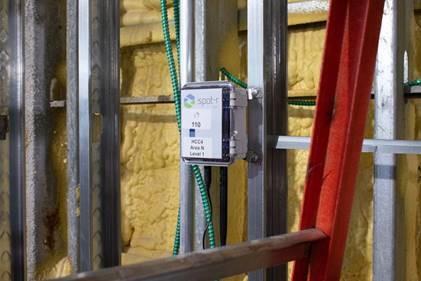
Spot-R receivers are placed in all workspaces to received sensor information and transport to a central database. 
Wearable sensors are also attached to helmets, detecting proximity to other workers. 
Project Manager Kevin Rafuse gets screened by medical staff before getting to work on the Patient Pavilion.

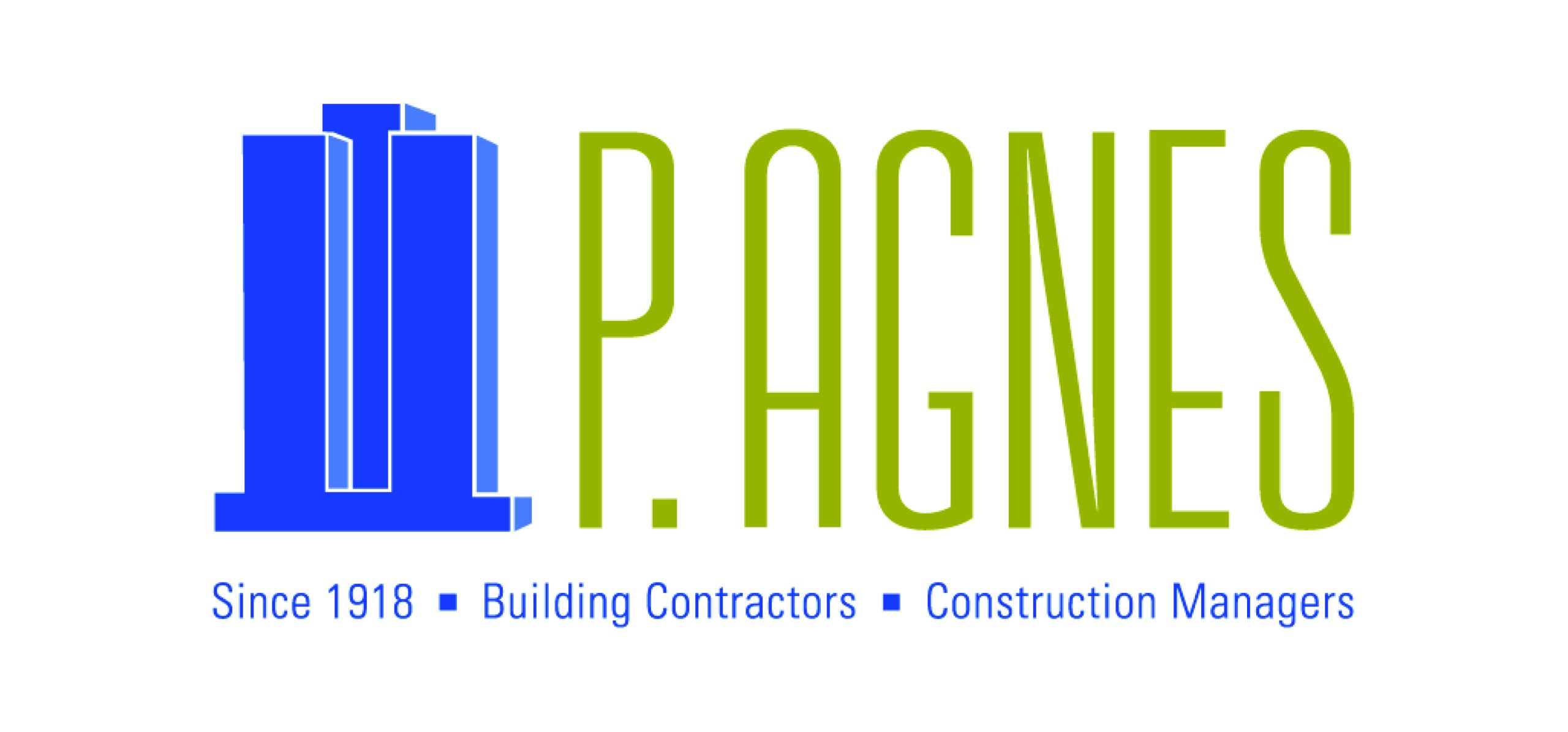
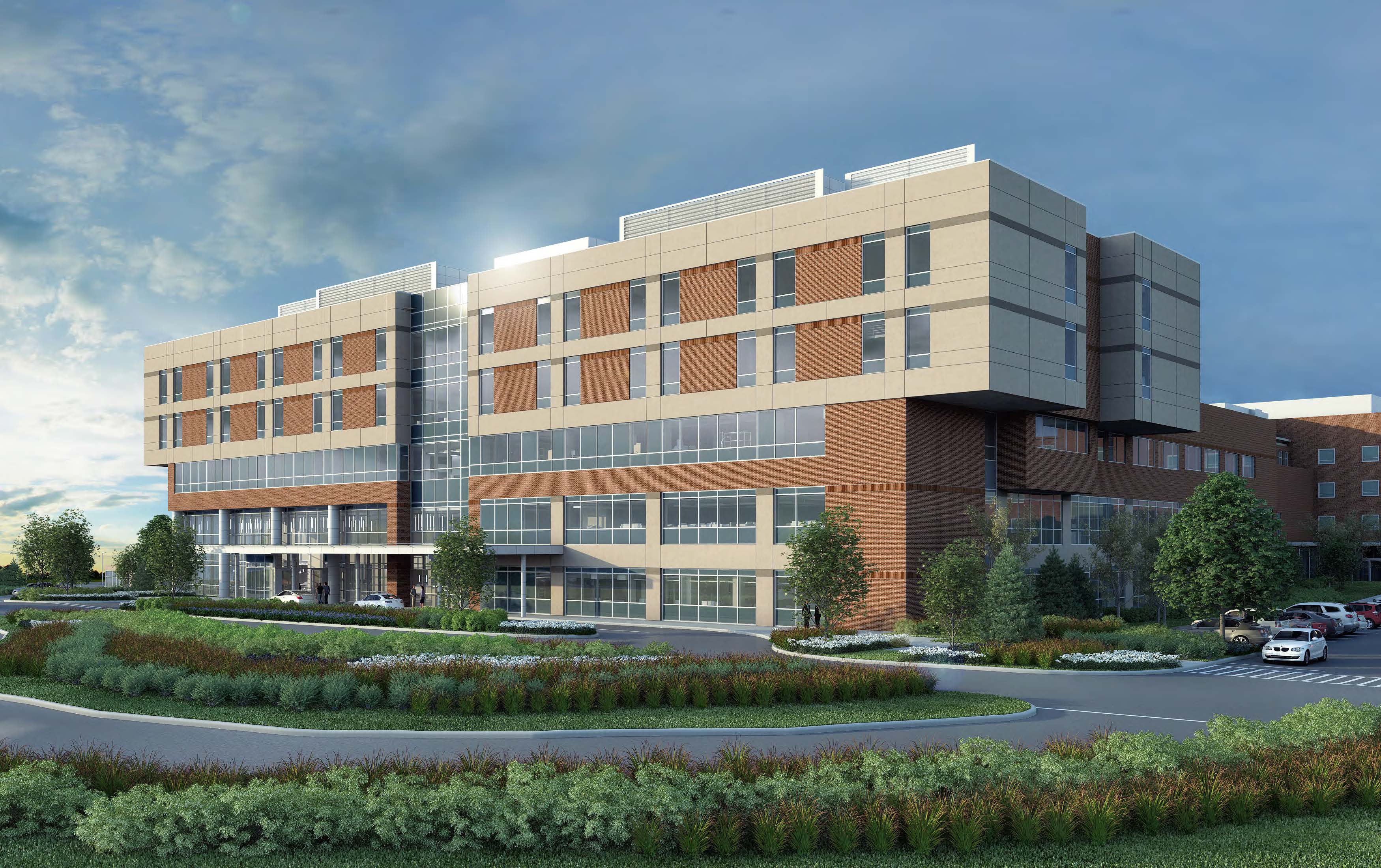
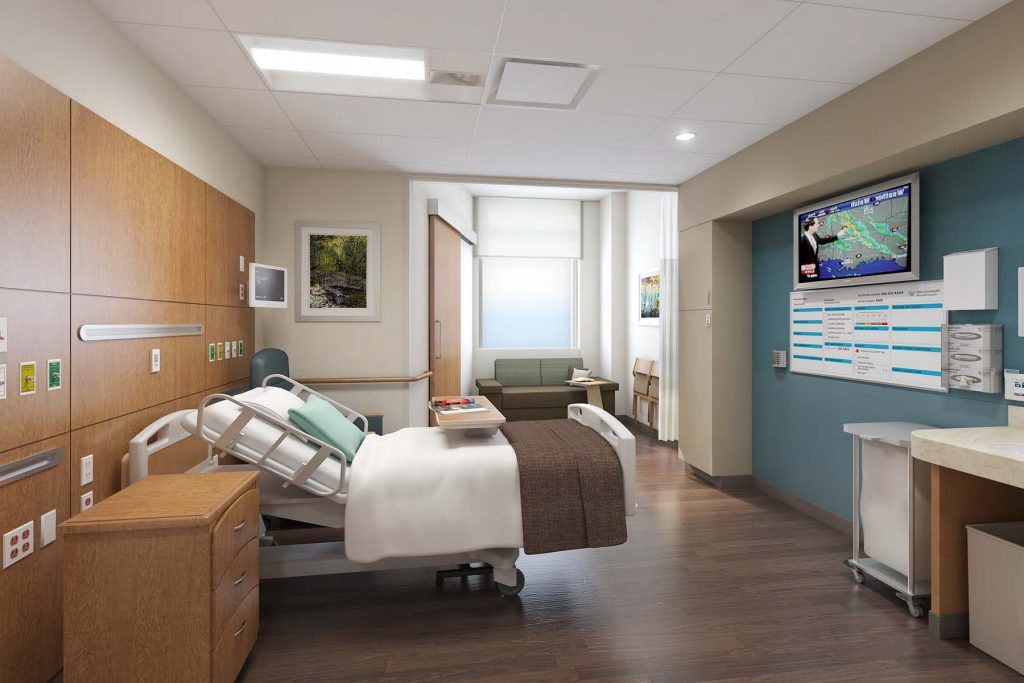
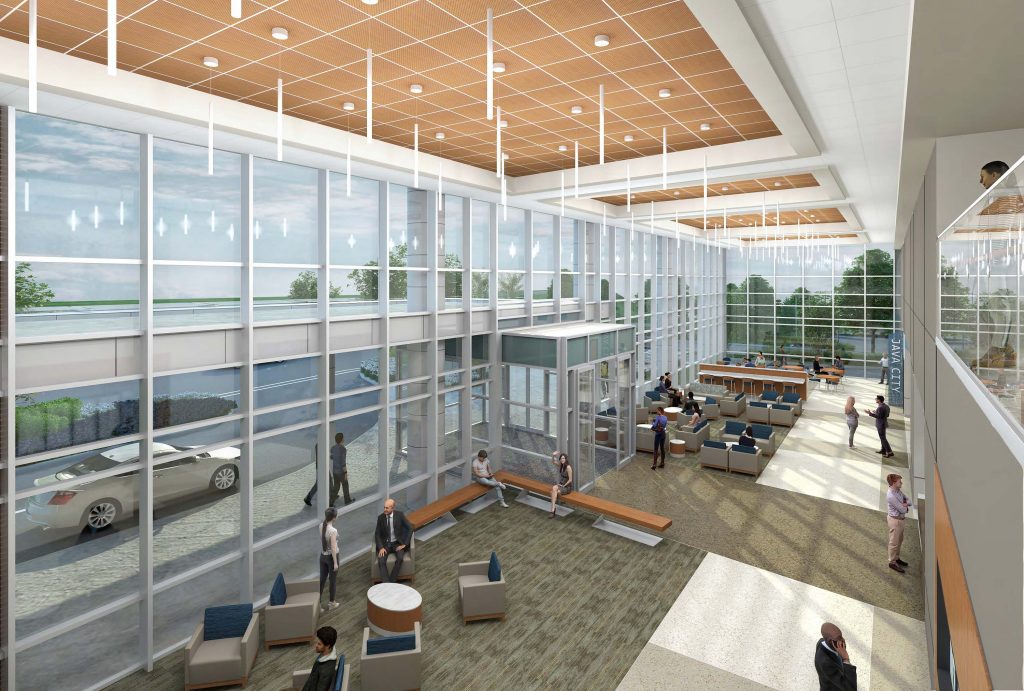
Comments are closed